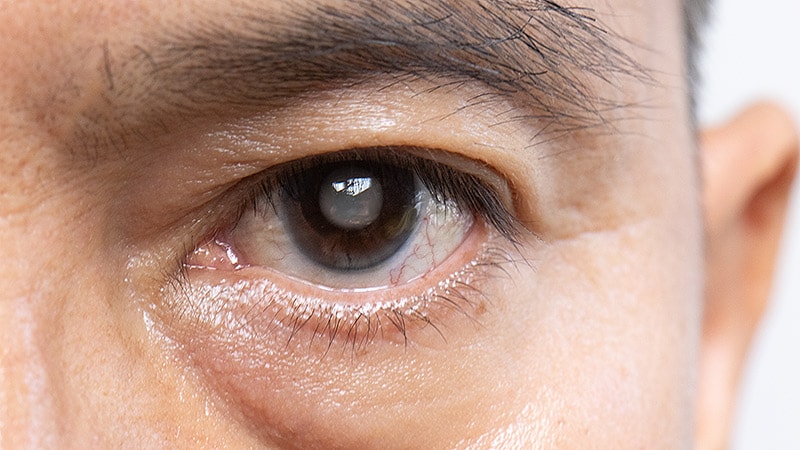Fitness
Selective Antibiotic Prophylaxis Improves Eye Surgery Safety

TOPLINE:
The combination of selective intracameral antibiotics with 1% povidone iodine for disinfection can be as effective as the standard practice of using 5% povidone iodine in preventing postoperative endophthalmitis after cataract surgery.
METHODOLOGY:
- The researchers examined cases of postoperative endophthalmitis following phacoemulsification cataract surgery at a tertiary center over three periods: 1993-1999 (use of 5% povidone-iodine, no antibiotics); 2000-2010 (use of 1% povidone-iodine, no antibiotics); and 2016-2022 (1% povidone-iodine, with selective use of intracameral antibiotics in cases of posterior capsular rupture).
- During these periods, a total of 27,114, 68,335, and 56,598 cataract phacoemulsification procedures were performed, respectively.
- The researchers also reviewed 37 studies and calculated the overall incidence rates for groups that received and those that did not receive intracameral antibiotics.
TAKEAWAY:
- A total of 36, 62, and 17 cases of endophthalmitis were reported during 1993-1999, 2000-2010, and 2016-2022, respectively.
- The researchers found no difference in the incidence of endophthalmitis with use of 5% povidone-iodine compared with 1% povidone-iodine with no antibiotics (P = .07).
- The incidence of endophthalmitis dropped from 0.0001 to 0.000 with use of selective intracameral antibiotics (ceftazidime–vancomycin) along with 1% povidone-iodine (P
- The findings align with those of previously published studies showing a combined incidence of endophthalmitis of 0.000 with intracameral antibiotics and 0.0001 without.
IN PRACTICE:
“Although the routine use of prophylactic antibiotics in modern cataract surgery may still be a matter of ongoing debate, preoperative antiseptic preparation of the surgical field with diluted povidone iodine supports that discussion,” the authors wrote.
SOURCE:
The study was led by Jeroen van Rooij, MD, of Rotterdam Eye Hospital, Rotterdam, the Netherlands. It was published online on June 20, 2024, in JAMA Ophthalmology.
LIMITATIONS:
The retrospective study design may introduce selection and information bias, limiting the ability to establish causation.
DISCLOSURES:
The authors declared no conflicts of interest.
This article was created using several editorial tools, including AI, as part of the process. Human editors reviewed this content before publication.










